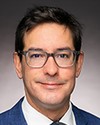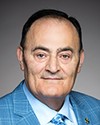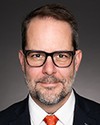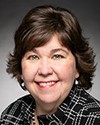Thank you, Mr. Chair.
I've known most of you for a long time through maternal, newborn and child health work, through the Muskoka initiative and the work done on that, which Canada really led on. It's interesting, Mohammed, talking about data. We could look at data. We knew what the numbers were, and we knew that we made a tremendous impact towards what the world had agreed was a problem, a very significant problem on maternal mortality and the mortality of kids under five.
Now we're looking at the situation here. Tim Shriver was here last week, talking about the urgency of this situation. He said, “The problem is not the disability. The problem is not intellectual and developmental disability. The problem is fear, neglect, indifference and oversight. The problem is us. The problem is urgent, and the problem is now.”
When we're having these conversations among organizations focused on disability—Humanity and Inclusion is here today, and Special Olympics and Inclusion International were here the other day—I sense that there is a real urgency. Of course, if you talk to families, you sense that real urgency in the worlds they're in.
To conclude my round of questioning here, I'm interested in what each of your takeaways is from this meeting. What can you do now, in the coming weeks or months, in terms of your organizations that will have an impact for these families and these individuals around the world who need that urgent attention now?
I'll start with CARE.





